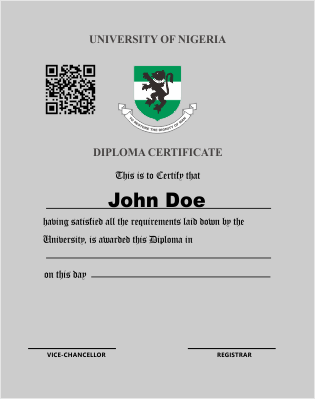Natural Gas Processing
HomeCoursesNatural Gas Processing
About this Course
Natural-gas processing starts at the well head. Its composition when extracted from producing wells depends on the type, depth, and location of the underground deposit and the geology of the area. Oil and natural gas are often found together in the same reservoir. The natural gas produced from oil wells is generally classified as associated-dissolved, as the natural gas is associated with or dissolved in crude oil. Natural gas production without any association with crude oil is termed as “non-associated natural gas.” This complex industrial process cleans raw natural gas by separating impurities and various non-methane hydrocarbons and fluids to produce what is known as pipeline quality dry natural gas.
Natural-gas processing plants cleans raw natural gas by removing common contaminants like water, carbon dioxide (CO2) and hydrogen sulfide (H2S). Some of the substances which contaminate natural gas have economic value and are further processed or sold. A fully operational plant delivers pipeline-quality dry natural gas that can be used as fuel by residential, commercial and industrial consumers.
Gas processing plants take the raw material (natural gas, pipeline condensate, water, hydrogen sulfide, and sulfur) and generate intermediate products (raw make, plant condensate, natural gasoline, and ethane-propane streams) and finished products (transmission quality natural gas, butane, and propane). In this course compression systems, natural gas liquids recovery, amine gas sweetening units, gas fractionating plants and sulphur recovery units will be treated.
Course Objectives
On completion of this course:
- The trainee will be able to describe the gas compression systems.*Know how natural gas is processed.
- Explain fundamentals of NGL, CNG and LPG
- Understand how to produce transportable gas.
- Know how to meet sales-gas specifications.
- How to maximize liquid recovery.
- Describe and name the important components of the sweetening process.
- Describe how and why amines are used.
- Describe the operating principles of the amine contactor.
- Describe the operating principles of the amine regenerator.
- Describe and identify the most important pieces of equipment used in an NGL recovery unit.
- Describe the functions of those pieces of equipment.
- Follow the flows through a Process Flow Diagram.
- Describe and identify the most important pieces of equipment used in a gas fractionation plant.
- Describe the functions of those pieces of equipment.
- Follow the flows through a Process Flow Diagram.
- Describe and identify the most important pieces of equipment used in a sulphur recovery unit.
- Describe the functions of each piece of equipment used in the sulphur recovery process.
- And how to produce transportable gas to a remote location which requires the gas to be delivered without allowing condensation of hydrocarbon liquids.
| Course Code | UNN/OC/0042 | |
| Course Start Date | Started | |
| Course Duration | 3 Months | |
| Dedication | 4 Hours per week | |
| Number of Modules | 4 | |
| Level | Level 3 | |
| School offering course | UNN Online School of Oil and Gas | |
| Language | English | |
| Video/Audio Media | None | |
| ₦ | Course Fee | 350000.00 |
Diploma Certificate

The highly prestigious University of Nigeria Diploma certificate is awarded to you on successful completion of a course or program. The certificate gives you an edge by improving your market value and employability in top level organizations.
Course Prerequisites / Requirements
Graduates of Universities are eligible to register for Post Graduate Diploma programs, and complete/pass all the modules. NCE and HND holders with a minimum of 3 years working experience, especially in the petroleum industry will be considered. WAEC holders or equivalent, can enroll and do as many individual modules as they wish.




